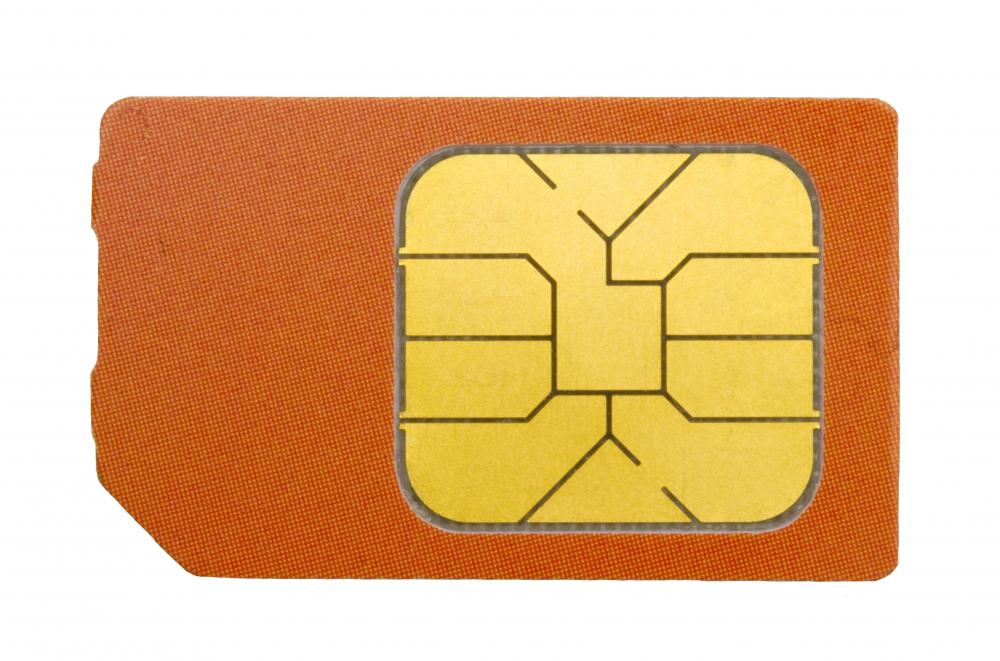At WiseGEEK, we're committed to delivering accurate, trustworthy information. Our expert-authored content is rigorously fact-checked and sourced from credible authorities. Discover how we uphold the highest standards in providing you with reliable knowledge.
What is a GSM Wireless Network?
A Global System for Communications (GSM) network is a series of virtually interconnected tower and satellite relays that send and receive digital signals allowing people to communicate wirelessly across the globe. The signal begins with a cell phone that places a call, and travels to the nearest GSM tower. That tower communicates the signal to a satellite, which in turn relays that signal to the tower nearest the call's destination, where it is then received by the call recipient. The GSM wireless network is the most popular wireless communications system today.
Original cell phone technology operated on an analog system, similar to a short-distance radio wave. This meant that many people could use the same frequency, but the frequency would vary by location. During the 1990s, new wireless licenses were made available, and as carriers built their own networks, the switch was made to digital signals.

The digital communications networks were carriers for Second-Generation (2G) cell phone technology, which featured less call interference and increased call security, owing to the digitized signal. The phone's batteries lasted longer, and more calling features could be offered since the network was expanded. The biggest advantage, however, was that the efficiency of digital capacity lowered the startup cost of a new carrier, allowing smaller players to join the industry and offer real competition that leads to lower service prices.

As digital communications evolved and networks developed, standards were set that would allow towers to transmit the signal from any carrier, regardless of which carrier the tower belonged to. Thus began the GSM wireless network, which currently operates in 900 megahertz and 1.8 gigahertz bands in Europe, and 850 megahertz and 1.9 gigahertz bands in the United States, Canada, Australia, and South America. The adoption of uniform standards allows cell phones to operate abroad the same as they do at home.

The GSM wireless network system currently boasts coverage in 218 countries, serving over 3.8 billion customers. There are very few areas where GSM coverage is unavailable — usually very remote, rural areas — and specialized satellite roaming features are available to cover any gaps in coverage. The 89% market share of the GSM network means that new mobile technologies are usually created in accordance with GSM standards, and the GSM wireless network technology has evolved along with it.

GSM now carries Third Generation (3G) cell phone service as well as Fourth Generation (4G) technology, which allows users to transmit larger amounts of voice and data streams simultaneously. Each new incarnation of GSM service is compatible with each version that came before, eliminating the need for customers to upgrade their phone each time new technology is released.
AS FEATURED ON:
AS FEATURED ON:














Discuss this Article
Post your comments